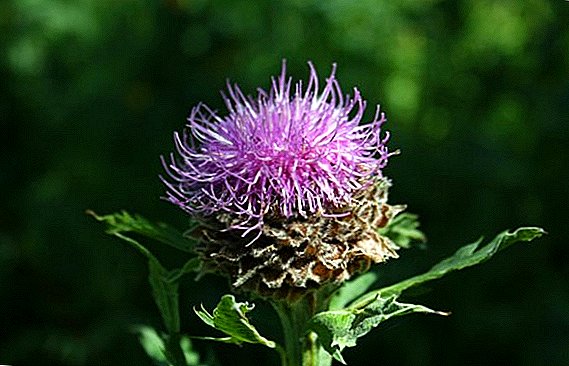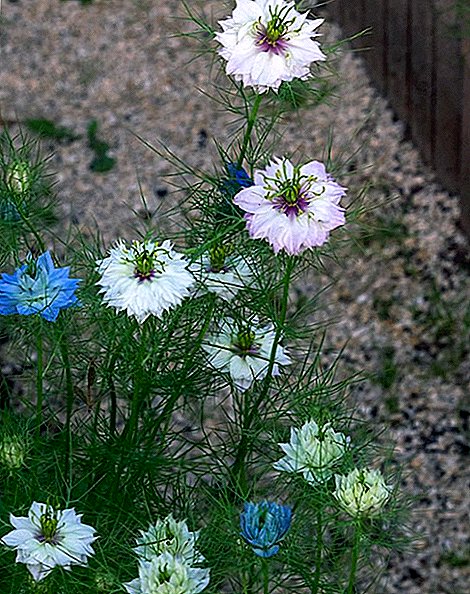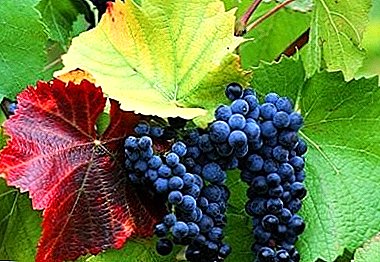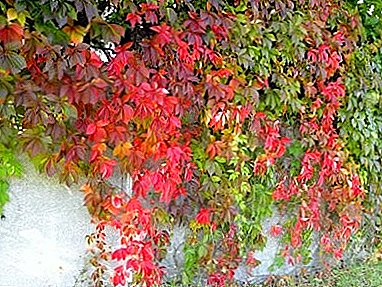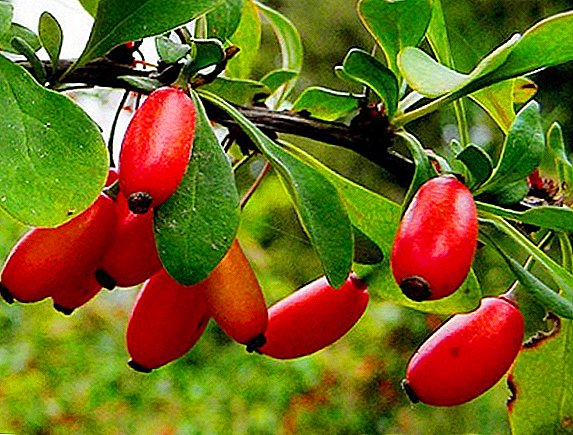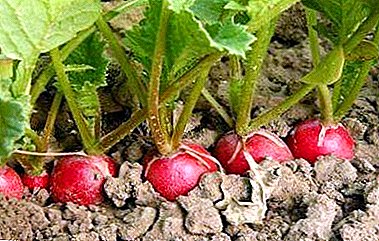
Radish is a useful spring vegetable. It is great for both vitamin green salads, and as a side dish to the main dish. Also, radishes can be added to okroshka - the favorite of millions.
So how to grow a bright, juicy and tasty radish? Is this vegetable demanding to the ground? What is the best soil?
After all, if the soil is not suitable, the radish will grow small, bitter, or completely go to the arrow. Today we will talk about the proper preparation of the soil for radish.
Why is it important to choose the right ground for radishes?
The volume and quality of the future harvest depends on the right choice. In an unsuccessfully selected soil, radishes can grow small, hard and bitter, or not grow at all.
When choosing a soil and plot, it is necessary to take into account a number of factors:
- preparation for sowing;
- fertility;
- acidity;
- which cultures were predecessors.
It is not necessary to plant the crop in the ground, where cruciferous plants (cabbage, horseradish, cress) were previously grown. These vegetables have identical chemical composition, they have already absorbed the elements necessary for radish from the soil. After these crops, larvae and viruses can remain in the ground that can infect radishes. Also, vegetables are affected by the same pests and diseases. This may be a mosaic, powdery mildew, vascular bacteriosis, white rust and others.
Reference! Even if the soil is chosen correctly, it is quite possible that the crop will start to die due to weather conditions. Do not forget about all the necessary conditions for proper cultivation of radishes, including frequent watering and optimal temperature conditions.
What land does a vegetable love in general?
 Vegetable loves soft and loose earth. Root crops accumulate potassium in large quantities, so the trace element must be contained in the soil (with a lack of radish is very small). If the soil is poorly moistened, the culture also does not grow, goes to the arrow early.
Vegetable loves soft and loose earth. Root crops accumulate potassium in large quantities, so the trace element must be contained in the soil (with a lack of radish is very small). If the soil is poorly moistened, the culture also does not grow, goes to the arrow early.
The best option for sowing radish is loamy or sandy soil of neutral acidity. If the soil is sour, it must necessarily lime, otherwise the radish will hurt. It is better to dilute heavy clay soil with radish with sand (half or 1 bucket per 1 sq. M).
Characteristics of the soil for cultivation
The necessary properties of the soil for growing radish at home and in the garden are similar, since the ultimate goal is to obtain a good harvest of one vegetable crop. But there are always nuances, so it is important to take them into account when sowing in different places.
Houses
At home, you first need to take care of where to grow radishes. Wooden containers (boxes) 50 by 50 cm in size and not less than 12 cm deep are best suited. Garden land is not suitable for growing home seedlings: it is advisable to buy a ready-made seedling mixture. Another option is to prepare the soil yourself.
- Take black soil and peat in equal quantities.
- To the mixture add a teaspoon of nitrophoska (complex mineral fertilizer).
To get a really rich harvest, planting radishes at home is better in spring: in April or in May. Ideal - the end of April (after the 20th).
In the open ground
For early planting radish, the bed is better to prepare in the autumn. Then in the spring it will be possible to sow the seeds after the snow melted.
Preparation of the earth in the spring consists in simple loosening and adding humus, sometimes ash. In order not to loosen the soil on an ongoing basis, it can be mulched grass or hay. The earth should be loose and hygroscopic. Humus in the composition will make the fruit larger and juicy. To prevent insect attacks, the soil can be powdered with tobacco dust.
In the greenhouse
 The success of the cultivation of radishes in the greenhouse - the right choice of seeds. Even if the soil is perfect, an unsuitable variety will not grow here, as not all varieties of radishes are suitable for greenhouse sowing. For the greenhouse, you can choose the variety Greenhouse, Dawn, Heat, Sachs and Early Red.
The success of the cultivation of radishes in the greenhouse - the right choice of seeds. Even if the soil is perfect, an unsuitable variety will not grow here, as not all varieties of radishes are suitable for greenhouse sowing. For the greenhouse, you can choose the variety Greenhouse, Dawn, Heat, Sachs and Early Red.
It is necessary to start sowing radish when the first 3-5 cm of soil become soft. Soil requirements are standard:
- softness;
- friability;
- sufficient moisture;
- neutral acidity.
How to make the land suitable?
One of the first rules is to prepare the soil before sowing. This should be done in the autumn, then in the spring it will be possible to feast on juicy root crops.
- Fertilizers need to be added to the soil for digging. This may be peat, rotted manure (leaves will grow from fresh radish, but not fruits) or compost with ash.
- When digging, you should try to remove the roots of weeds. The earth can be covered with a film so that in the spring it warms up faster.
- In the spring, after the snow melts, the ground needs to be dug up once more to make it soft and breathable.
- Next, the soil should be plowed, leveled. This will allow the roots to breathe.
- Then you can start sowing radish.
In the spring, fertilizers are applied to the soil during planting and during the growing season of the crop. Contribute according to the scheme (presented the number of 1 square meter).
- Half a bucket of sand mixed with humus.
- 1 tbsp. ammonium nitrate.
- 40 g of superphosphate.
- 15-20 g of potassium chloride.
- To reduce the degree of acidity of the soil, you can make dolomite flour (about 0.5 liters per 1 square meter).
With a lack of organic compounds, it is recommended to introduce compost (1-2 buckets per square meter). Then you need to dig the ground.
If the soil is infertile and depleted, you can try to enrich it with non-concentrated herbal infusion.
- Capacity to quarter fill with water.
- Freshly collected plants should be poured into the water (10 kg of grass per 100 liters).
- Add 2 kg of dry chicken manure.
- Cover with a mesh and mix daily.
- Wait until the end of the fermentation process (1-3 weeks).
- Plants are watered at the root of the extract, pre-diluted with water in a 1: 1 ratio.
Choosing the right soil for radish is one of the most important factors for a good harvest. Vegetable loves soft, loose, moist soil. Radish grows poorly in soil with high acidity. Abundance of nitrogen in the soil will lead to voids inside the root. To increase the yield of land it is necessary to cook in the autumn: make feeding, dig.


